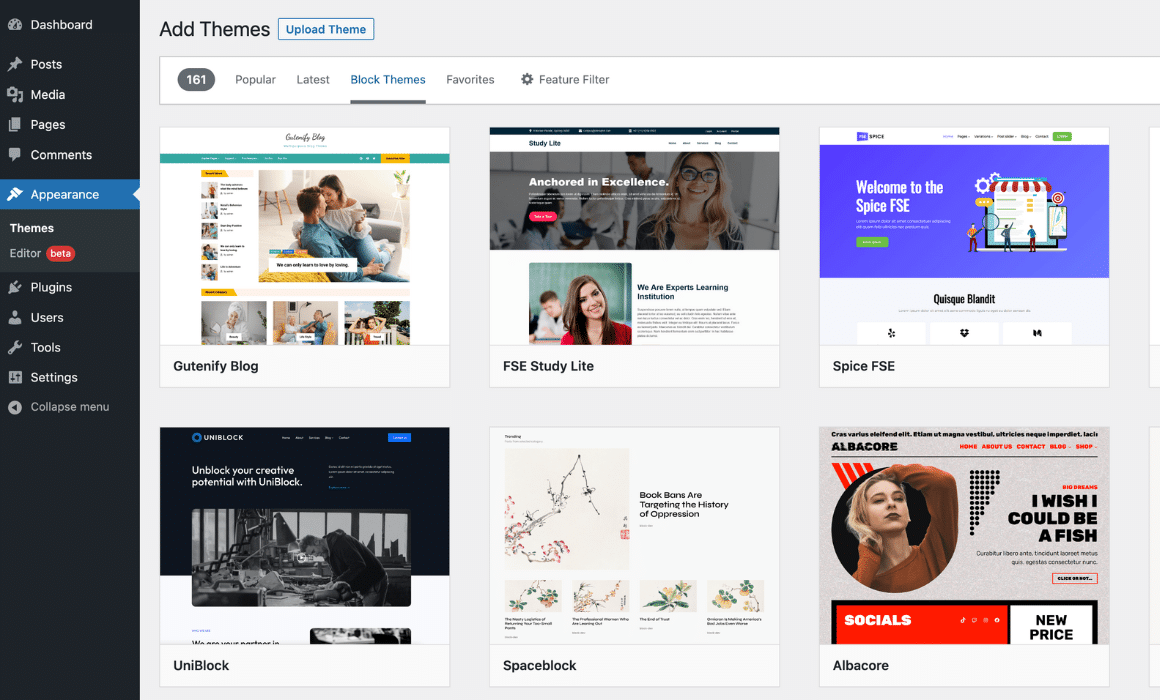What is SEO?
If you are unfamiliar with Search Engine Optimization, check out our previous article. The article talks about the basics of SEO and the main components. You can learn all about increasing the quantity and quality of site visitors, and organic search results.
Utilizing SEO
Now that you understand the basics, you can understand how to properly implement it into your website. Some of the basics of SEO implementation include: Finding out what people are coming to your website for, optimizing pages for best search results, and linking other content (both Internally and externally).
Why People are on Your Website
Understanding what your customers are looking for is a key component to implementing a good SEO plan. To know what your customers are looking for, simply look at your product options. For example, MoDuet offers website building, managing and hosting services. Once you know this, you need to figure out what the most common way people search for your business is. This will allow you to set key phrases that will show up when people search for information related to your services.
Key phrases are an important component towards driving search results for your website. Since MoDuet offers WordPress hosting and management plans, many of our keywords will be tailored towards those services. This allows people who are surfing the web looking for information about WordPress hosting to find our website and our plans! Additionally, we also write informational articles like this one and many more! We optimize each of these posts to help people who are looking for more information find these articles. The more these key phrases are related to your services, the higher your SEO rating will be, and ideally, the more you’ll appear in organic search results.
Page Optimization
Next, we have page optimization. Page optimization is key to improving your site’s SEO performance. One of the first things you can do for optimizing your page is setting up an appealing, easy-to-use layout. This will make your website more enjoyable for users who find themselves browsing your content. Additionally, optimizing your page with keywords and aligning those with your content. Aligning keywords to your content allows your content to be optimized for people who may be searching for topics related to what you offer. This helps you stand out among other sites you’re competing with.
Additionally, you can also create short, descriptive “meta-descriptions” for your page. Meta descriptions are the brief description on the search engine’s result page. These descriptions, in turn, give your target readers a brief taste of the information you have to offer. Concise, yet descriptive meta-descriptions are very helpful to attracting readers who may not have a specific website or source for their business in mind.

Linking Internal and External Content
Lastly, we have linking internal and external content. The act of linking other websites and sources of information is called “link-building.” To expand, link building is providing a source to not only your own content but others content across the web, as well. Furthermore, adding these links helps promote your other content that you’ve produced! Additionally, one of Google’s top ranking considerations are links to other content. This gives your website a boost in the search results for promoting not only your content, but others, as well.
What Next?
These elements are just the tip of the iceberg. SEO is a topic with lots of depth and opportunity to expand your website’s performance. However, it’s not too complex and can be interesting to dive deeper into. More information can be found at other sources where they can explain some of these concepts and many more in depth.






